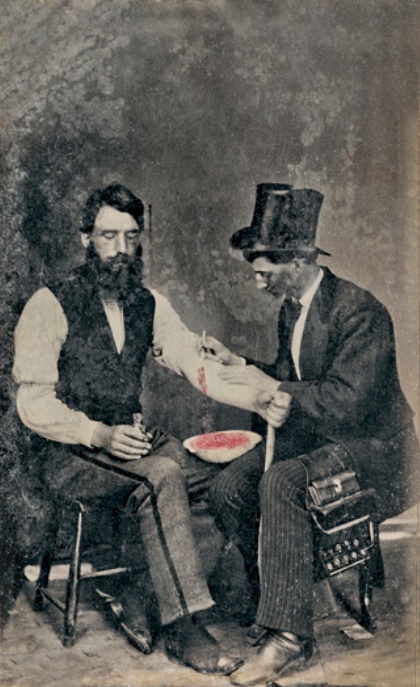 Recently I was watching a movie called Redirected and I realized I have become a big fan of a certain kind of flick, which I call Brit Crime. Redirected is a reasonable example of the genre, although it is not a great movie.
Recently I was watching a movie called Redirected and I realized I have become a big fan of a certain kind of flick, which I call Brit Crime. Redirected is a reasonable example of the genre, although it is not a great movie.Quite simply I am talking about British movies about contemporary organized crime. They tend to have a lot of humor, a lot of violence, and they often involve amateur criminals coming up against more experienced villains.
Redirected (2014) is a joint British-Lithuanian production (and how many of those have you seen?) The hero, Michael, is a member of the Queen's Guard, which means his biggest challenge is wearing that tall stupid black hat and keeping a straight face while tourists gawk at him.
But on his birthday three friends play a hoax on him. Except it isn't a hoax. They are pulling off a robbery on a gang of major crooks and they need a fourth. The next thing he knows Michael is waking up in... Lithuania? He is more than baffled and he knows there are very nasty gangsters on his trail. Crazy things happen. My favorite is the scene in which a naked man beats a priest with a radiator. Well, he has his reasons. And here is a memorable line from a Lithuanian bride-to-be:
Simona: I'm no slut. I have dreams. I want to be a film critic!
So, that's Redirected. But when I think of this type of movie the model in my head is Lock, Stock, and Two Smoking Barrels (1998). Guy Ritchie wrote and directed this one, and won the Edgar Award for it. Like my first movie, this one involves four lightweights who try to rob some big timers in order to deal with a cash flow problem. It also involves two antique shotguns that get swiped. And it's pretty hilarious.
Gary: Shotguns? What, like guns that fire shot?
Barry the Baptist: Oh, you must be the brains of the operation.
Barry the Baptist: Oh, you must be the brains of the operation.
Two years later came snatch, Ritchie's follow-up with many of the same actors (in fact, Vinnie Jones is in all three of these movies... a reliable mobster man), but a different plot. Everyone involved seems to be having a great time, especially Brad Pitt who says not one comprehensible word. Another well-known actor spends most of the flick with a bag over his head.
Bullet Tooth Tony: You should never underestimate the predictability of stupidity.
While those two Guy Ritchie movies are my imprint of what a Brit Crime movie is, I think the best of the genre is In Bruges (2008). Two British hitmen are banished to Belgium after a job goes horrifically wrong. Their boss (Ralph Fiennes) is not a man to annoy. (When he gets bad news he beats his telephone practically to molecules.) As I have said before, I am a sucker for stories about redemption and each of the main characters in this flick turn out to be slightly better than we (or even they) suspect.
Ray: Ken, I grew up in Dublin. I love Dublin. If I grew up on a farm, and was retarded, Bruges might impress me but I didn't, so it doesn't.
Here are some more.
The Long Good Friday (1980) Bob Hoskin is a crime boss suddenly under attack by unknown enemies.
Harold: You don't crucify people! Not on Good Friday!
 Mona Lisa
(1986) Bob Hoskins (I love me Mr. Hoskins) is fresh out of prison. The
crook he went to jail for gets him a job as chauffeur to a call girl.
Things get complicated.
Mona Lisa
(1986) Bob Hoskins (I love me Mr. Hoskins) is fresh out of prison. The
crook he went to jail for gets him a job as chauffeur to a call girl.
Things get complicated.Simone: I'm the girl they rush home from..
Sexy Beast (2000) Odd title, quirky movie. Ray Winstone is a retired mobster. Ben Kingsley, a million miles from his usual roles, is the insanely nasty recruiter sent to drag him back for One Last Job.
Don: I won't let you be happy. Why should I?

Layer Cake (2004) Just before turning into James Bond, Daniel Craig plays a cocaine merchant with One Last Job to do before retiring. He should have watched Sexy Beast.
Eddie: England. Typical. Even drug dealers don't work weekends.
So, tell me your favorite Brit Crime movies that I missed. Or I'll send Ben Kingsley to persuade you.




















